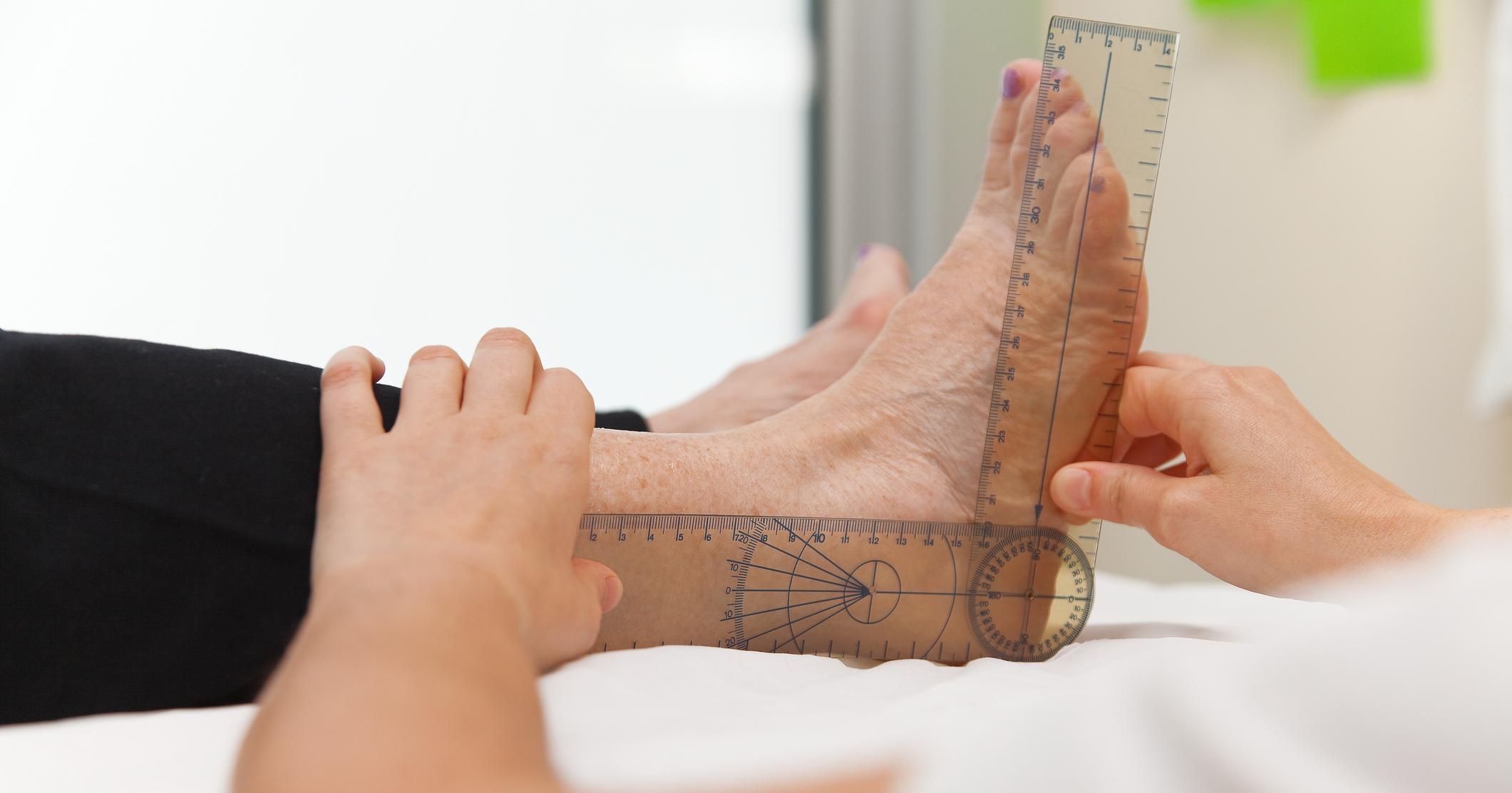10 Symptoms That Indicate You Have Gout
When the body builds up too much uric acid, individuals often experience a number of gout-related symptoms. It is known to be one of the more painful forms of arthritis, often beginning in the big toe. Caused by a number of factors, including poor kidney function, it’s important to recognize the symptoms as early as possible. Although there is not currently a cure, painful symptoms can be alleviated and effectively managed. Anyone who has dealt with gout knows from experience that finding a treatment that works is of the utmost importance. A gout flare up can be extremely painful. However, there are treatments out there that can relieve the unwanted symptoms very quickly.
Reduced Range Of Motion

Whether you’re having an attack or have endured permanent damage, your joints will not fully function. Due to inflammation or damage, your range of motion may be hindered. This means that both the distance and direction that a joint can move, will essentially decrease. This is especially common within one’s knee joints, however, some simple exercises can help prevent stiffness. If you’re experiencing inflamed joints, it’s best to seek advice from your physician. It’s important to remain active, reducing the possibility of overly stiff joints.
